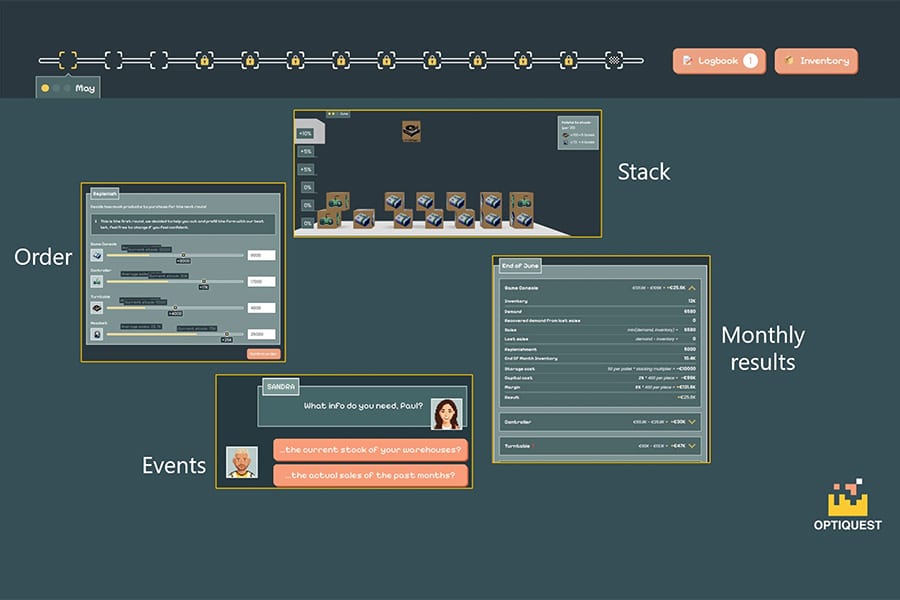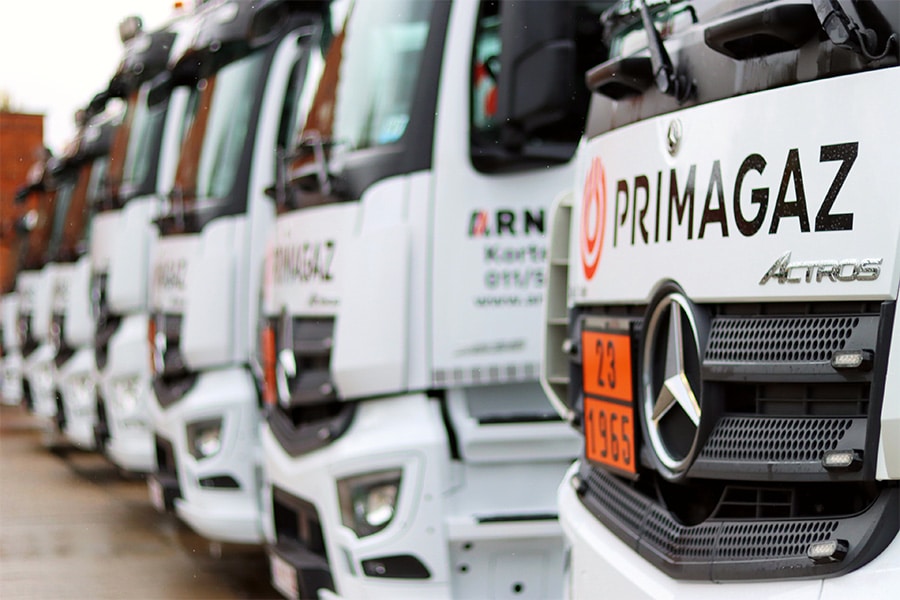
Knikmops conquers the Netherlands, Germany, Scandinavia and the ABC Islands
In 1994, Reinoud van der Schans first brought attention to the Rollmops brand. "But he did more than that," says Jan-Willem Slegh, manager of sales at De Schans. "He also found out what the users - the pavers - needed. That's how he found out that they wanted a strong, compact mini-shovel with a low pivot point, easy entry, four-wheel drive, various attachments and good transport options."
The Knikmops a reality
Van der Schans incorporated all the wishes into a design, after which the Geens brothers in Hoogstraten, Belgium, put the design into production in 1997. This was the Knikmops, the handy mini-shovel that had everything pavers were waiting for.

Future is electric
When there was increasing demand in the Netherlands for an electric Knikmops, De Schans decided to develop one as well. Partner Gebr. Geens took on the Stage V preparation of the Knikmops series. For the electric motor and the battery pack, De Schans worked together with UMS from the automotive industry. It ordered the machines from the Knikmops factory in Belgium, which delivered them without the motor.
Ready for the new regulations
This led in 2019 to the presentation of two electric Knikmops, the KM130 (1650 kg) and the KM180 (2450 kg). "The machines can run for a full day," Slegh says, "depending on how the machines are used. In addition, the electric Knikmopsen meet the rapidly changing government regulations to work low-emission or emission-free."
A powerful power
The electric Knikmops is more powerful than its diesel variant. The electric motor delivers constant power, whereas with the diesel engine the maximum torque is only available at a certain speed. With a battery capacity of 37 kWh, the electric Knikmops has the largest battery currently available for a compact wheel loader. This capacity is achieved by a battery voltage of 350 volts and a battery capacity of 105 Ah. "This brings the electrical output of the electric Knikmops to 36.75 kWh," Slegh calculates.

Further development
The development of two electric Knikmops is no reason for De Schans to sit back now. In order to extend working time, the driveline of the electric Knikmops is already being further developed. In addition, De Schans continues to talk with users to discover even more needs for the electric equipment.
Construction site of the future
The number of projects requiring emission-free work is increasing fl ink, yet emission-free charging of electric equipment on site remains a challenge, even in the built environment. DENS' Hydrozine aggregate offers a solution here. This generator operates on the basis of the liquid hydrogen carrier hydrozine and thus generates power without the emission of harmful emissions. Because the fuel is liquid, this aggregate can be refueled in a similar manner to a conventional diesel aggregate. The first model DENS is launching on the market is the X2 which, with a rated power of 20kW, can generate almost half a megawatt per day. The internal battery pack of 60kW makes it a hybrid system which guarantees efficient fuel use. This genset will soon be available via rental through DENS, see www.dens.one.




